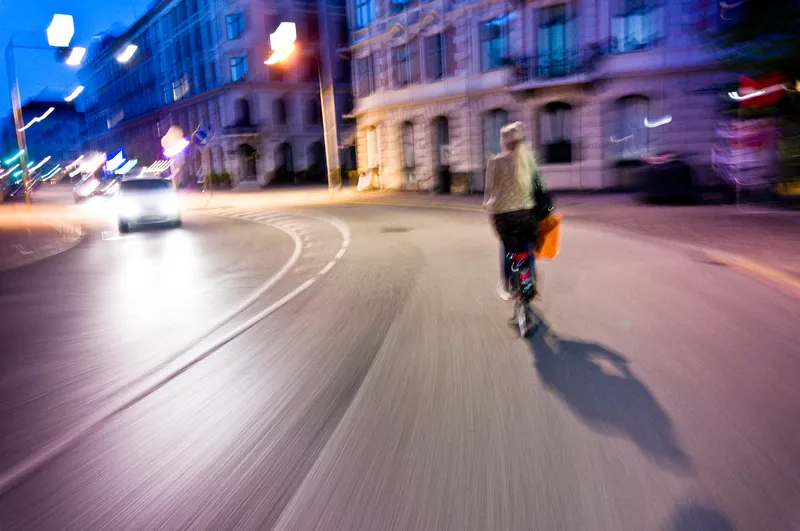
After a test phase, the Swiss city of Bern is rolling out Yunex Traffic’s AI-enabled solution Yutraffic awareAI to manage traffic light sequencing.
Yunex said its technology’s anonymised image recognition replaces around 40% of standard detections using induction loops at Kocherpark. With the new solution, road users traveling by bicycle or on foot can be automatically detected and their safety is increased by selectively extending the green phases of traffic lights.
The roll-out is part of a project to modernise the traffic light systems at Inselplatz and the Effinger-Belpstrasse intersection. Yunex has installed 16 cameras with real-time image processing. Yunex said the technology enhances both the efficiency of traffic management and the safety of vulnerable road users.
Unlike traditional detection methods, the AI-enabled solution Yutraffic awareAI identifies which road users are approaching an intersection and how fast they are traveling. In addition to motorised vehicles, other forms of mobility, such as cycling or walking, can now be detected and integrated into traffic management.
When the Yutraffic awareAI system detects cyclists or pedestrians, it requests an extension of green phases in the traffic light control system, which particularly benefits blind or visually impaired road users.
All data is processed exclusively in an anonymised manner on the installed device at the traffic light and is immediately deleted after digital processing. The image content is anonymous and no personal identification is possible. Furthermore, no video material is stored. As a result, all data protection requirements are fully met.
“With this project, the city of Bern is clearly committing to promoting more environmentally-friendly mobility,” said Stefan Sutter, managing director of Yunex Traffic. “Our solutions help optimise traffic management as efficiently as possible by building on our customers’ existing infrastructure. This allows us to cost-effectively expand existing traffic management systems with new functionalities, making a significant contribution to the mobility transition."







